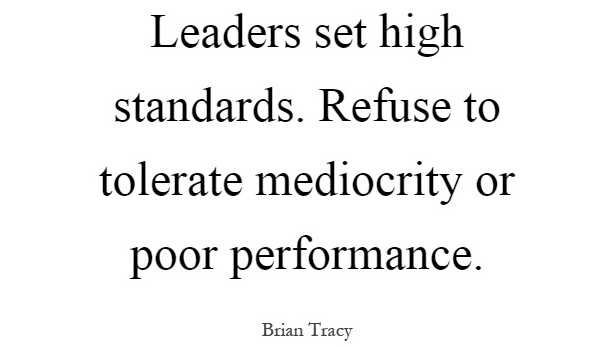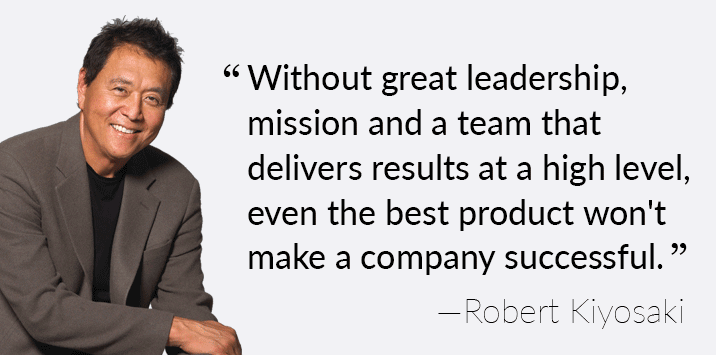Do you want a team of high-performing employees in your business?
Have you got some star players, but a few stragglers bringing the team down?
Do you want to stop “oiling the squeaky wheel” so you can spend time developing your key staff?
When you started out in business you dreamed of having a team of passionate people working with you to build the best business in your field. If you’re like most business leaders, sadly after a few years you’ve found the reality falls short of what you’d hoped for.
Some business owners resign themselves to the notion that having a great team just isn’t possible.

But we believe having a great team isn’t only possible, but a certainty when you implement the right systems and manage your team in an effective way.
The team you’ve got today is a result of the standards you’ve set until now. Are you ready to stop settling for second-rate performance from your staff?
To get a different outcome you’ll need to do different things. Are you ready to do what it takes to get your team to either step up or step out?
Follow our tips below to get them moving in the right direction …

How to create a high-performing team …
The first step is to ensure each team member knows what great performance looks like. You can ensure this by providing them with the following:
1. Team Culture Statement
Every team has a culture, whether it’s defined or not. Unfortunately sometimes it’s a toxic one! The behaviour you’ve settled for means that the original standards of performance you set may have slipped. As new employees join your business, they follow the ‘norm’ of how everyone else is behaving rather than performing at the level you’d like.
It’s important that you create a culture statement in your business that outlines expected behaviour. We call this the Rules of the Game.
Our culture statement includes our non-negotiable values, including excellence and fun. Each team meeting we assess how we’ve lived up to those standards, and how we’ve observed it in each other.
A culture statement isn’t merely a laminated piece of paper on your office wall, or a statement on your website! It must be the ingrained way of ‘how we do things around here’.
2. Position Descriptions
As your business has grown, you may not have taken the time to record what each person’s position involves. Even if someone has been doing a role for years, it’s essential that their duties and main areas of responsibility are visible to them and their team-mates. This avoids the notion that ‘someone should ….’ and lets everyone know who is responsible for what.
As well as a position description, an updated organisation chart should be provided to each employee so they can clearly see where their role fits within the business, and their reporting lines.
3. Key Performance Indicators
In addition to knowing the rules of the game, key responsibilities and where they fit in the organisation, it’s essential that employees know how and when how they will be assessed on their performance.
A document outlining key performance indicators for their role should be provided to each employee and reviewed at regular intervals.
KPIs should include not only the technical aspects of their role, but also categories such as customer service, admin and systems, WHS, and team membership.
Most business owners hire for skills but fire for behaviour. Have you ever employed a brilliant technician who despite their great technical skills was terrible at customer service, who your other team members didn’t like, or who rarely completed time sheets or followed systems?
Ensuring each team member knows the expectation of them in each of these categories means that you can manage them up or out based on any area of their performance.
Download our e-book “How To Get A Great Team Culture: Bringing Out The Best In Your Team”

Keeping standards high
How to ensure they stay on track
When you set guidelines for your team by providing a team culture statement, position descriptions and KPIs, you’ll find that your team members either rise to the challenge or deselect themselves.
It’s not unusual for a few changes to occur in your team when standards are raised and enforced.
This is a positive step forward, as now you can recruit new people who will perform from the outset according to your high standards and expectations.
To ensure continued excellence, you can then:
- Maintain standards using regular communication
- Give feedback to adjust or encourage performance
- Coach your team members to improve their performance, and
- Delegate effectively to grow your employees’ abilities.
Find out how by downloading our e-book: The 4 Essential Habits of Effective Managers.

Is It Time To Get The Employees You Deserve?
Yellow Coaching will help
Yellow Coaching assists established businesses and organisations of every size to improve their team culture, business efficiency, effectiveness, and profitability.
We do this through business coaching, executive mentoring, team training, and workshops for owners and staff at all levels within organisations.
We’ve helped hundreds of businesses improve their profitability, provide outstanding customer service, and get happier and more productive employees.
Want to take your business from good to great? Get in touch to see if you’re eligible for a free 90 minute consultation. We look forward to hearing from you.
Andrew Masi & Julianne Schwenke
